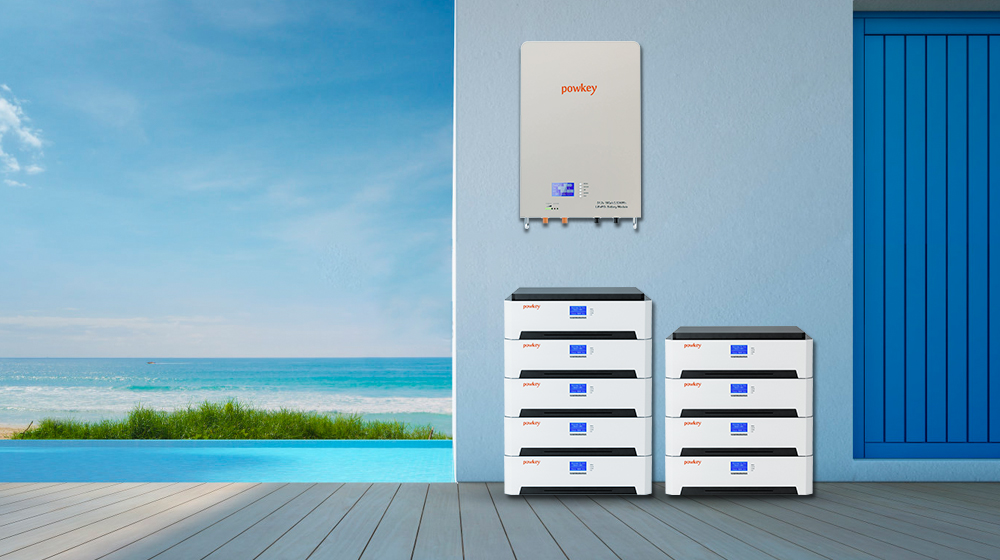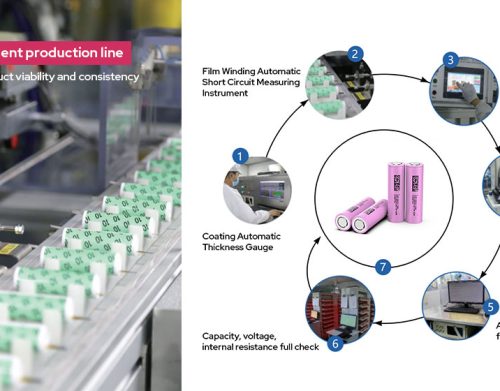In June 2021, a severe storm in Victoria caused thousands of households in the Dandenong Mountains to lose power for several weeks; in March 2022, a 7.4-magnitude earthquake occurred on the northeast coast, causing damage to six power plants and causing them to stand still for weeks to months. Power was cut to about 2 million homes. Households’ demand for power supply reliability and stability will directly drive energy storage demand.
From the perspective of rooftop photovoltaic distribution and storage, households living in single-family houses have the potential to install rooftop photovoltaics. According to the calculation of the proportion of single-family residential households in each country and region, and the proportion of residential rooftop photovoltaics that can be developed, about 330 million sets of household storage in the world can be obtained. The scale of system demand; based on the average daily electricity consumption of households in each region and 50% of storage allocation, the theoretical installed space of home storage is about 1308GWh globally. In contrast, the cumulative installed capacity of global household storage in 2021 will only be about 20GWh, and there is huge room for potential growth.

Market structure
The household energy storage system consists of batteries, BMS, EMS (Energy Management System), energy storage bidirectional converters, and other support systems, and the battery is the core component.
From the comparison of the discharge depth and battery efficiency of energy storage batteries, the batteries of all brands are between 90% and 100%, and the differences are limited.
In terms of battery types, Tesla and LGES are ternary batteries, while the rest of Sonnon, Paineng Technology, BYD, Huawei, etc. all use lithium iron phosphate batteries.
From the perspective of cycle life, all brands of batteries have a cycle life of more than 6,000 times or can guarantee that the remaining capacity/rated capacity is still greater than 70% within 10 years, which can better meet the needs of household energy storage for 10 years.
For home storage integrators, channels, product design, economy, and VPP business model are the main factors affecting their market share.
Product design includes product appearance and capacity. Since home energy storage is similar to consumer electronics, consumers have higher requirements for the aesthetics of the product when purchasing; at the same time, the average electricity consumption of residents in different countries is quite different. For example, the average daily electricity consumption of German households is about 10KWh, while the average daily electricity consumption of American households is The power consumption is as high as 25-30KWh, and home storage integrators need to have corresponding and appropriate energy storage product capacity to meet consumer demand. At present, most brands provide various models of home energy storage batteries with different capacities, ranging from as low as 5KWh to as high as 15KWh+. However, Tesla’s products are relatively single and only provide Powerwall 2 energy storage batteries with a capacity of 13.5KWh.
Consumers will consider the total price and the single KWh price when choosing a product. Taking the Australian market as an example, we select battery models with a capacity of 10-15KWh from each brand to calculate their unit prices. Most of the products are priced at A$700-1000/KWh. Sonnon has the highest unit price, followed by Tesla, and LG The price of the RESU 13.1KWh product unit is only 649 Australian dollars/KWh.
Some integrators can provide VPP projects for home storage installation users. Users who join the VPP project can get a certain discount when installing or get VPP benefits on a monthly/call basis, which can create more benefits for users.
At present, the global household energy storage terminal market is relatively fragmented, the terminal brands and channels are generally scattered, and the regional markets are relatively concentrated. The overseas sales of Chinese enterprises are mainly distribution and the brands and channels are mainly for overseas integrators, distributors and dealers. There are also differences in the advantageous market areas of each enterprise.



